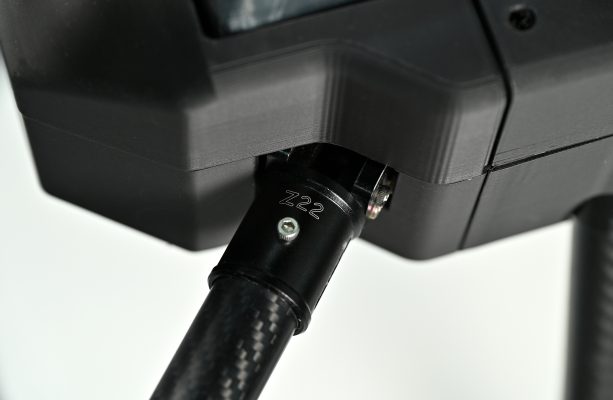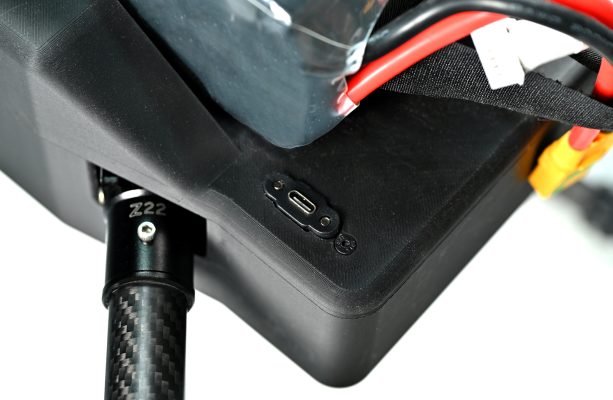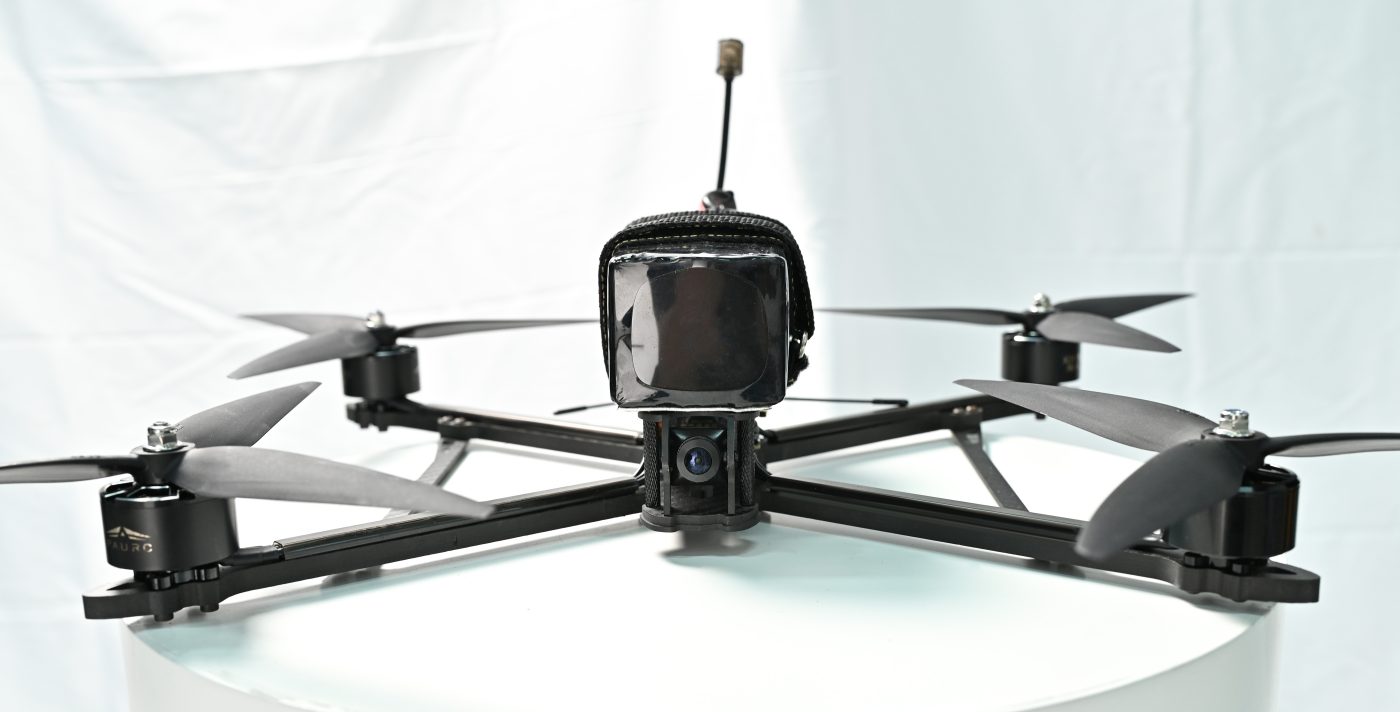Introduction
You’ve mastered flying in the simulator. You can hover, dive, orbit, and recover from spins. But now comes the big question: Are you ready to fly your FPV drone in real life?
Transitioning from simulator to real flight is a huge step, both technically and mentally. In this guide, we’ll walk you through everything a new pilot needs to know before lifting off — for real.

1. Simulator Is Not Reality – But It’s Close
Simulators like Liftoff, Velocidrone, and DRL are excellent for building muscle memory, reflexes, and orientation. However:
-
In the sim: Crashes are free, resets are instant.
-
In real life: Crashes mean repairs, cost, and possible fear.
Don’t expect perfect translation — but if you can fly acro mode confidently in sim, you’re ready for the next step.
2. Checklist Before First Real Flight
✅ Test your transmitter – Ensure correct model setup, throttle calibration, and arming settings.
✅ Set up angle mode for first flights, even if you trained in acro.
✅ Prop direction double check – Most crashes happen due to incorrect props.
✅ Throttle scale limit (optional) – Reduce max throttle in Betaflight to 80% for smoother control.
✅ Failsafe settings – Always configure a GPS failsafe or drop-to-disarm mode.
3. Choose the Right Environment
Your first flight should be in:
-
Wide, grassy field – No trees, no people, soft landings
-
Low wind condition (under 5m/s)
-
Daylight hours with good visibility
Avoid concrete, buildings, or busy parks. Bring a friend or spotter if possible.
4. Flight Technique Tips for First Real Flights
-
Arm with the drone facing away from you
-
Throttle up slowly, don’t “pop” into the air
-
Practice hovering 1–2 meters high, get used to stick response
-
Land before the battery hits 14.0V (on 4S)
-
Keep flights short (1–2 mins) for early confidence
Always fly line of sight (LOS) at first — save the FPV goggles for flight #3 or #4.

5. Common Mistakes to Avoid
-
Flying in acro mode too early
-
Overconfidence from sim training
-
Ignoring pre-flight checks (props, battery, signal)
-
Flying too far on first flights — stay close
-
Getting flustered after minor crashes
Remember: Your first flights are about control, not tricks.
Conclusion
Going from simulator to real FPV flight is an unforgettable experience — exhilarating, terrifying, and addictive. With preparation, patience, and humility, you’ll make the leap smoothly. And once you’re in the air? There’s no going back. Welcome to the skies.



